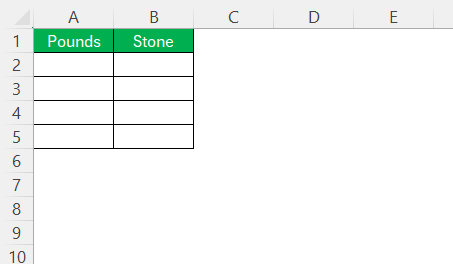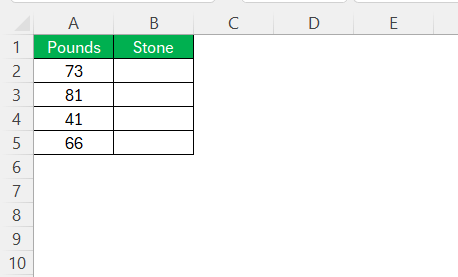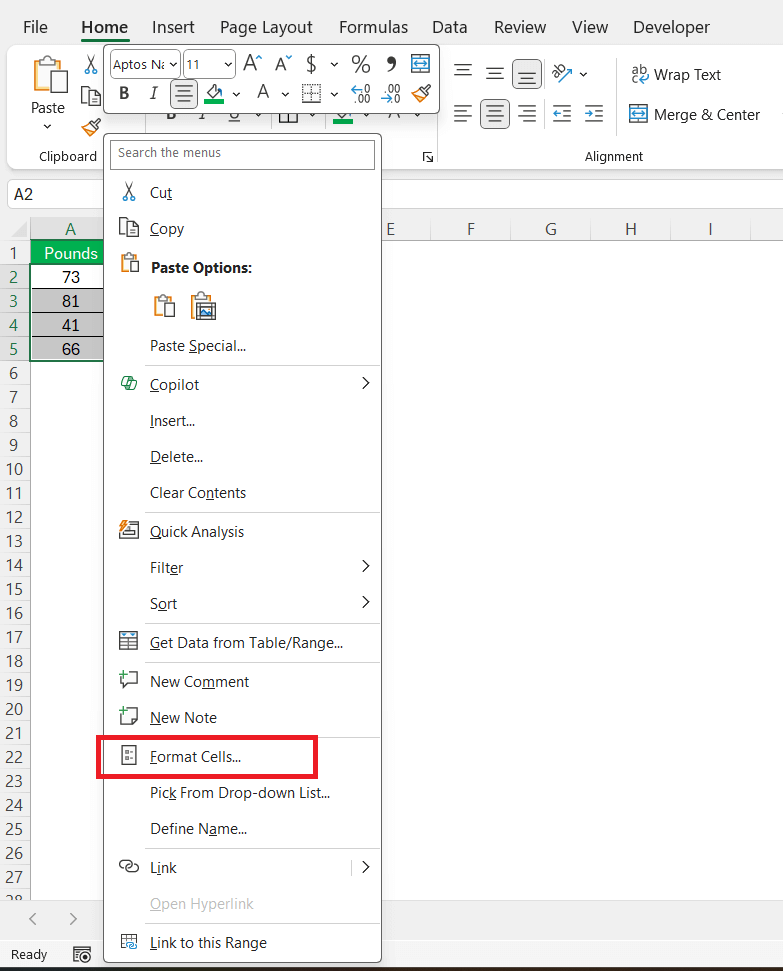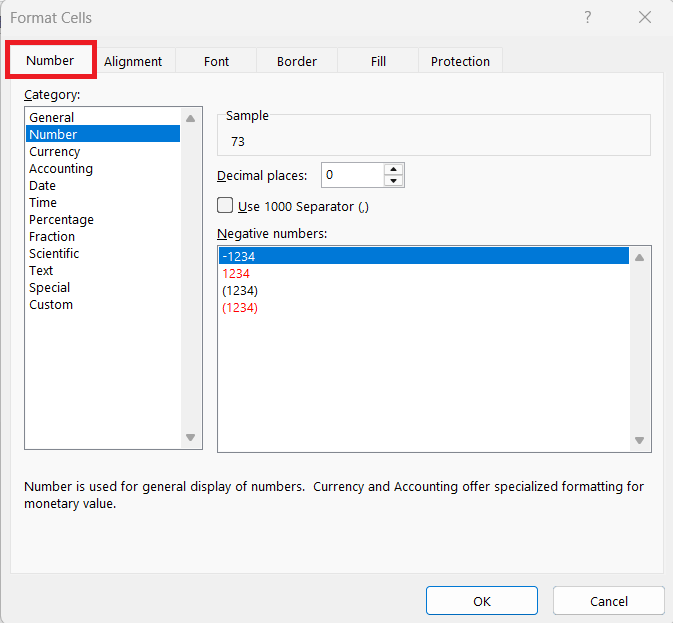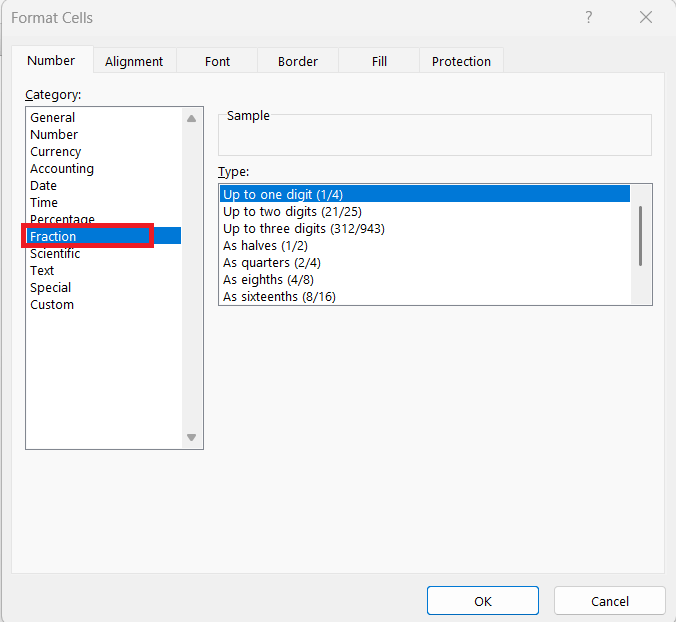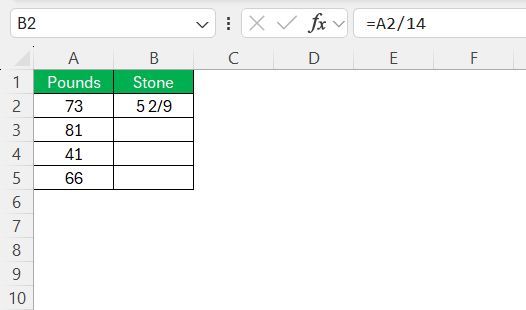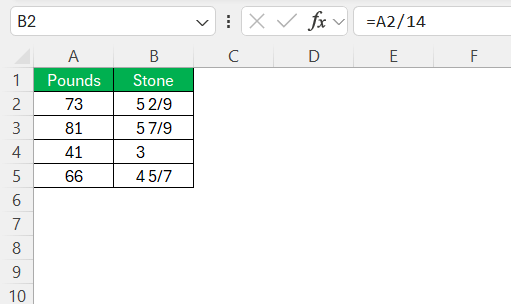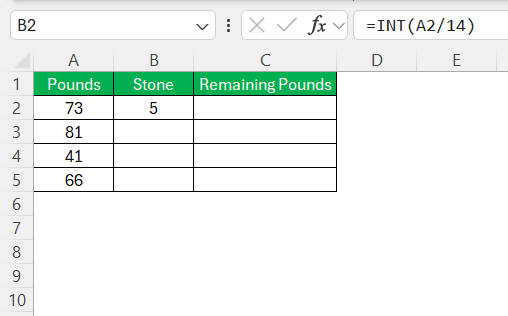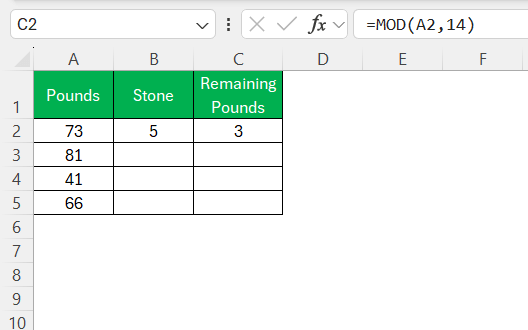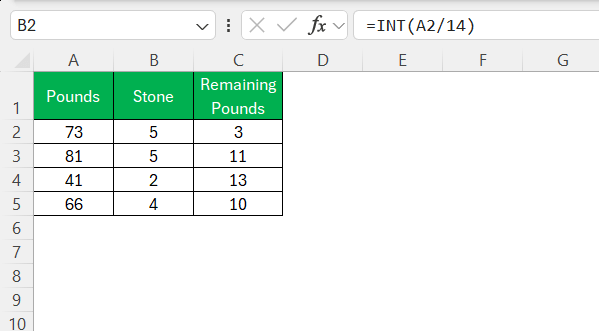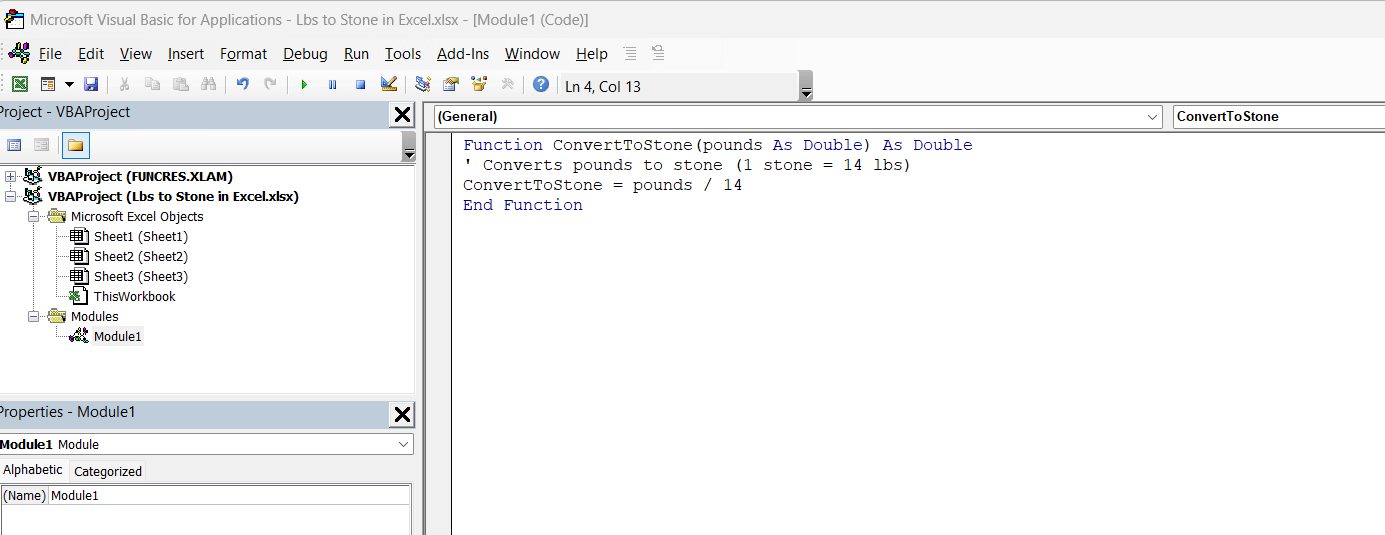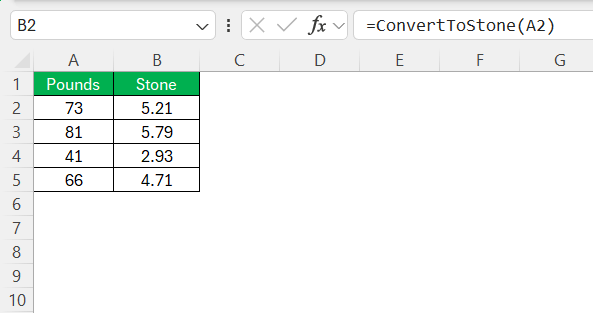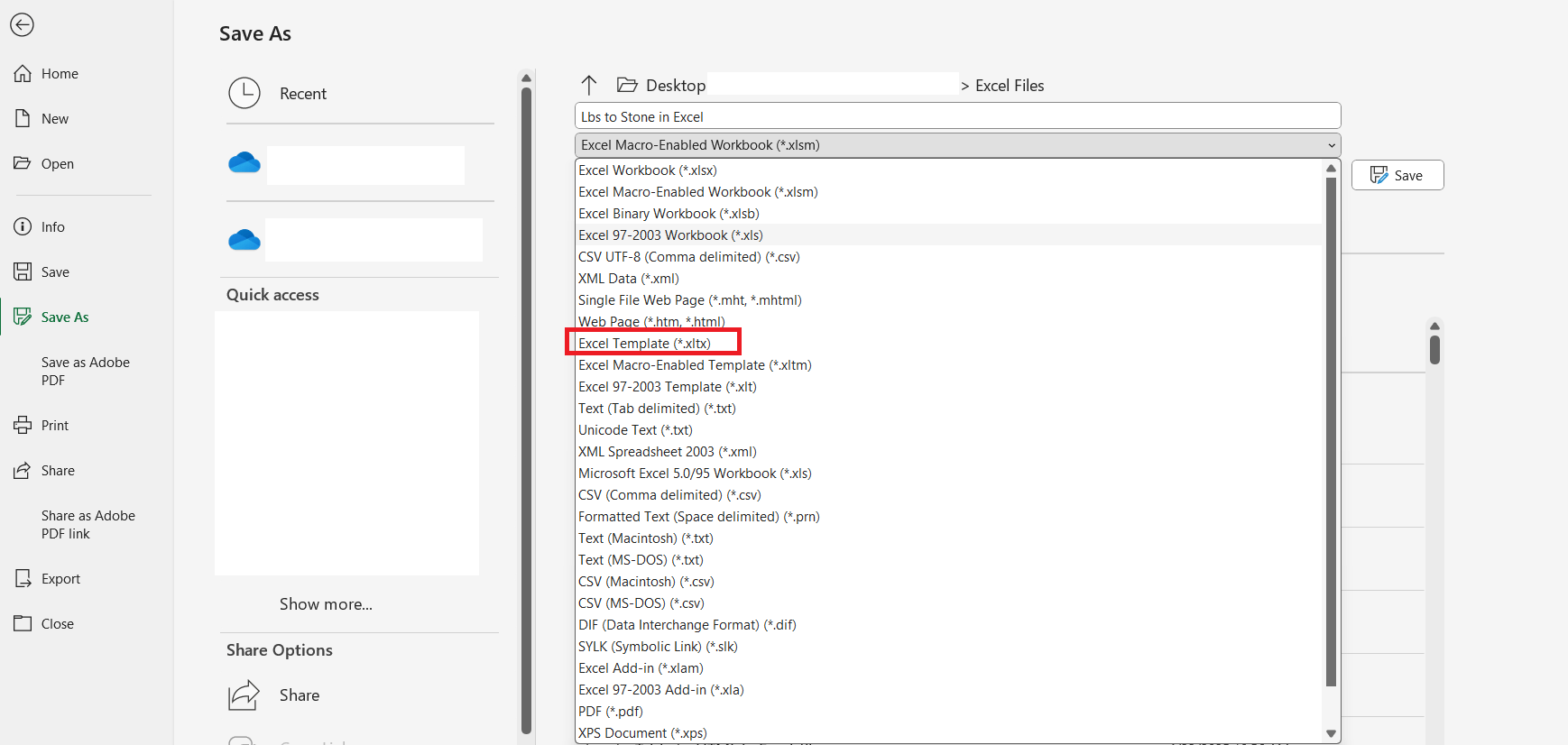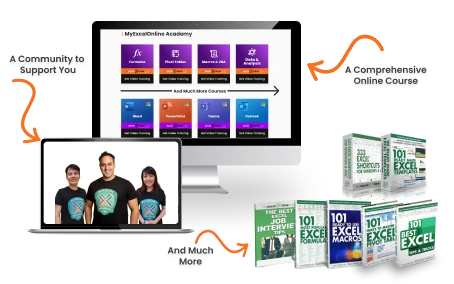If you’re looking to streamline the conversion of pounds to stone, Excel is a powerful ally in simplifying this task. As we embark on this journey, we’ll explore how to leverage Excel’s impressive capabilities to perform quick, efficient, and accurate weight conversions. Whether you’re tracking fitness goals or compiling detailed reports, this guide will equip you with everything you need to convert lbs to stone with ease and precision.
Key Takeaways:
- Excel makes weight conversions faster and more accurate than manual methods.
- One stone equals 14 pounds—use =A1/14 for simple conversions.
- Formatting your cells correctly improves clarity and reduces errors.
- Automation tools like Fill Handle and formulas streamline large datasets.
- Custom VBA functions and templates can enhance your workflow even more.
Table of Contents
Why Use Excel for Weight Conversion?
Benefits over Manual Calculations
Using Excel for weight conversion is highly advantageous over manual methods. Firstly, Excel eliminates human error by automating calculations. This ensures every conversion is accurate, reducing the chance of mistakes that often occur with pen-and-paper math.
Additionally, Excel speeds up the process significantly, allowing us to execute numerous conversions in a fraction of the time it would take manually. This efficiency not only saves time but also enhances productivity, particularly when handling large datasets.
Efficiency and Accuracy in Excel
Excel enhances efficiency through its structured setup, allowing us to perform complex calculations with simple formulas. We can manipulate entire columns of data simultaneously, which drastically reduces processing time. The precision of Excel’s built-in functions further ensures accuracy by automatically updating calculations when data changes.
This reliability is essential for producing exact results, making Excel an indispensable tool for weight conversion tasks, both large and small.
Setting Up Your Excel Spreadsheet
Preparing Data Columns
Setting up your Excel spreadsheet begins with organizing your data columns effectively. Start by labeling two columns: “Pounds,” and “Stone.”
Enter the data for the weights in pounds into the respective column.
By clearly defining your data inputs and outputs, you can streamline the conversion process, making it easier to apply formulas and view results at a glance. This organization forms the foundation for neat and efficient data handling as you proceed with conversions.
Formatting Cells for Accurate Conversion
To ensure precise conversions, proper cell formatting is crucial. Begin by selecting the cells in the “Pounds” and “Stone” columns. Right-click and choose “Format Cells” from the menu.
For pounds, use a number format.
Select a fraction if you want to display results in a specific style, such as showing both whole numbers and fractions.
Consistent formatting across your sheet minimizes errors, making it easier to read and interpret results accurately.
Step-by-Step Guide to Converting Lbs to Stone
Using Basic Formulas
To convert pounds to stone using basic formulas, start by understanding that one stone equals 14 pounds. In the “Stone” column of your spreadsheet, enter the formula =A2/14, assuming the first pound value is in cell A2.
This formula divides the pounds by 14, yielding the equivalent weight in stone. Copy this formula down the column to apply it to each entry.
This straightforward approach allows us to quickly convert and verify our data, offering clear and immediate results for each calculation.
Utilizing Built-In Functions
While Excel doesn’t have a direct built-in function for converting pounds to stone, we can still streamline the process using a combination of basic functions. For more refined results, use the INT function to get the whole number of stones and the MOD function for the remaining pounds.
For instance, use =INT(A2/14) for the whole stones
and =MOD(A2,14) for the pounds leftover.
Copy these functions down the respective columns to quickly convert large datasets with precision.
This method illustrates how leveraging Excel’s existing functions can effectively tackle specific tasks with accuracy.
Troubleshooting Common Errors
Converting pounds to stone in Excel may occasionally present challenges, but common errors can be easily addressed. If you encounter #DIV/0! errors, double-check that there are no empty or zero-value cells among your pound entries. Incorrect results can stem from wrong input ranges or misplaced formulas; ensure every formula references the correct cells.
Another frequent issue involves formatting, where numbers appear inaccurately due to formatting mix-ups; reseat columns to adhere to the intended format. By routinely inspecting data entries and formula accuracy, I can effectively troubleshoot these typical issues, ensuring seamless conversions.
Advanced Tips and Tricks
Automating Conversions for Large Datasets
Automating conversions in large datasets simplifies the process, making it manageable and efficient. To do this in Excel, leverage the power of the “Fill Handle.” First, ensure your conversion formula, =A2/14, is correctly inputted in the first cell of your “Stone” column. Click and drag the fill handle (a small square at the bottom-right corner of the selected cell) down through the column to auto-apply your formula across multiple rows.
For even greater automation, consider using conditional formatting or custom data validation to highlight discrepancies or ensure only valid entries are considered for conversion, thereby enhancing the precision and reliability of the automation process.
Creating Custom Functions with VBA
For those seeking to enhance Excel’s capabilities further, creating custom functions with VBA (Visual Basic for Applications) is a powerful solution. To start, open the VBA editor by pressing ALT + F11.
Insert a new module and paste the following code:
Function ConvertToStone(pounds As Double) As Double ' Converts pounds to stone (1 stone = 14 lbs) ConvertToStone = pounds / 14 End Function
This new function can now be used like any built-in Excel function, allowing us to input =ConvertToStone(A2) directly in sheet cells.
By employing VBA, I can tailor Excel exactly to my conversion needs, making complex or repetitive tasks simple and scalable.
Personalized Templates for Frequent Use
Creating personalized templates in Excel can significantly improve efficiency when frequently converting weights. Begin by setting up a master spreadsheet with pre-defined columns for “Pounds,” “Stone,” and “Remaining Pounds,” along with embedded formulas and any necessary formatting. Save this setup as an Excel template by selecting “Save As” and choosing “Excel Template” as the file type.
Now, simply open this template whenever you need to perform conversions, ensuring consistency and saving setup time. We can also customize the template with instructions or reference examples for clarity, making it a reusable tool that fits our recurring data conversion tasks effortlessly.
Real-Life Applications of Excel Conversions
Health and Fitness Tracking
Excel’s ability to convert pounds to stone is particularly valuable in health and fitness tracking. By maintaining a spreadsheet with regularly updated weight measurements, we can easily convert these figures to stone for a familiar and accessible metric, especially useful in regions where stone is the common weight unit.
This capability allows for more intuitive tracking of fitness progress over time. Moreover, we can enhance the spreadsheet with charts or conditional formatting to visualize weight changes and set or track fitness goals. Excel transforms data into actionable insights, improving our ability to monitor, maintain, or adjust our health regimen effectively.
Professional Reporting and Analysis
In professional settings, converting pounds to stone in Excel facilitates detailed reporting and analysis. This is particularly useful in sectors like healthcare, research, or sports management where precision is essential. By structuring data conversions within Excel, we can seamlessly incorporate this metric into broader datasets, generating comprehensive reports that integrate multiple units of measurement.
Excel’s graphing tools and pivot tables further enhance our ability to analyze trends, compare data across different populations, and present findings in a clear and professional manner. Using these capabilities, we can deliver insightful reports that support informed decision-making and strategic planning.
FAQs
What is the formula to convert pounds to stone in Excel?
To convert pounds to stone in Excel, use the formula =A1/14, where A1 contains the weight in pounds. This formula divides the pound value by 14, the number of pounds per stone, to yield the equivalent weight in stone. Simply copy this formula down the column to apply it to multiple entries.
How do I format cells to display results in stones and pounds?
To format cells to display results in stones and pounds, use two columns: one for stones and another for remaining pounds. Apply =INT(A1/14) for the stone column and =MOD(A1,14) for the pounds column. This setup helps you see both the whole number of stones and leftover pounds separately for clear visualization.
Can I automate conversions for an entire column?
Yes, to automate conversions for an entire column in Excel, input your conversion formula in the first cell. Use the Fill Handle to drag the formula down through the column, applying it to all entries. This process quickly extends the calculation across large datasets, ensuring consistency and saving time.
What’s the benefit of using Excel instead of a calculator or manual method?
Using Excel over a calculator or manual method streamlines calculations for large datasets, improves accuracy with automated formulas, and saves time. Excel allows us to create templates and use built-in functions for complex or repetitive tasks, providing a robust platform for data management and analysis.
Is it possible to create a custom function to convert lbs to stone?
Yes, with VBA, you can make a custom function like =ConvertToStone(A1). Open the VBA editor (ALT + F11), insert a new module, and paste a simple function dividing by 14. This adds flexibility and cleaner formulas to your workflow. Once created, you can reuse this function across your entire workbook.
John Michaloudis is a former accountant and finance analyst at General Electric, a Microsoft MVP since 2020, an Amazon #1 bestselling author of 4 Microsoft Excel books and teacher of Microsoft Excel & Office over at his flagship MyExcelOnline Academy Online Course.

